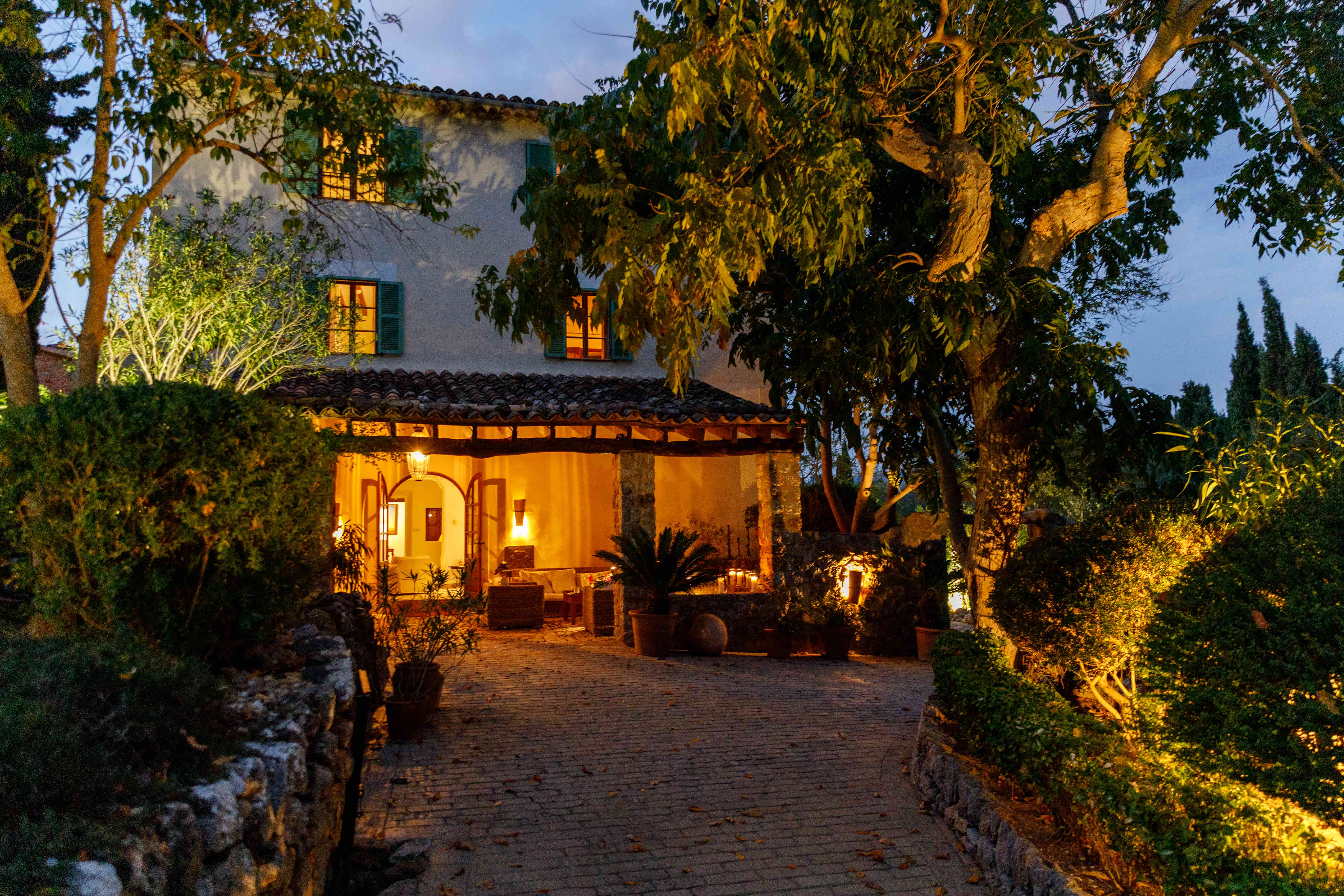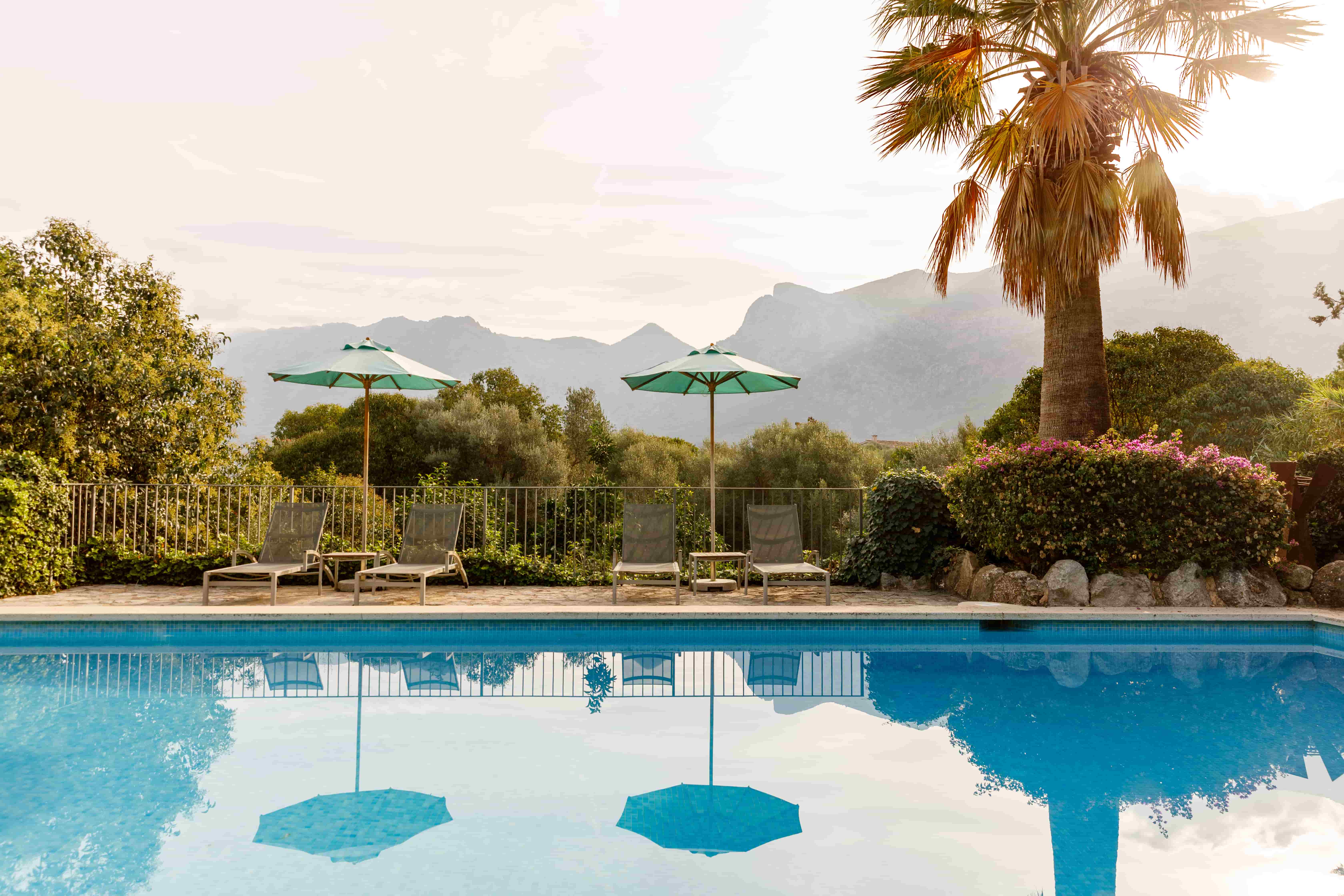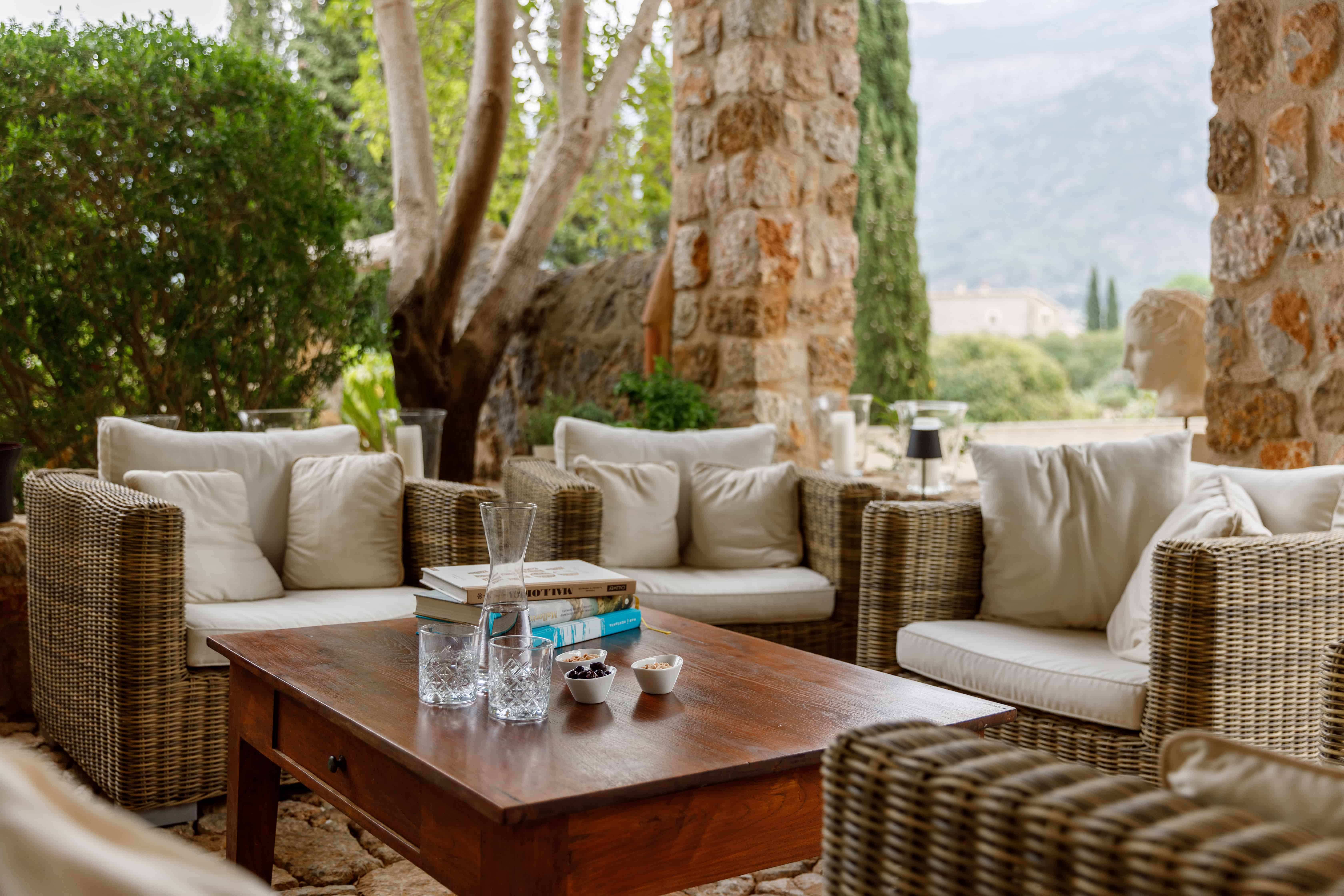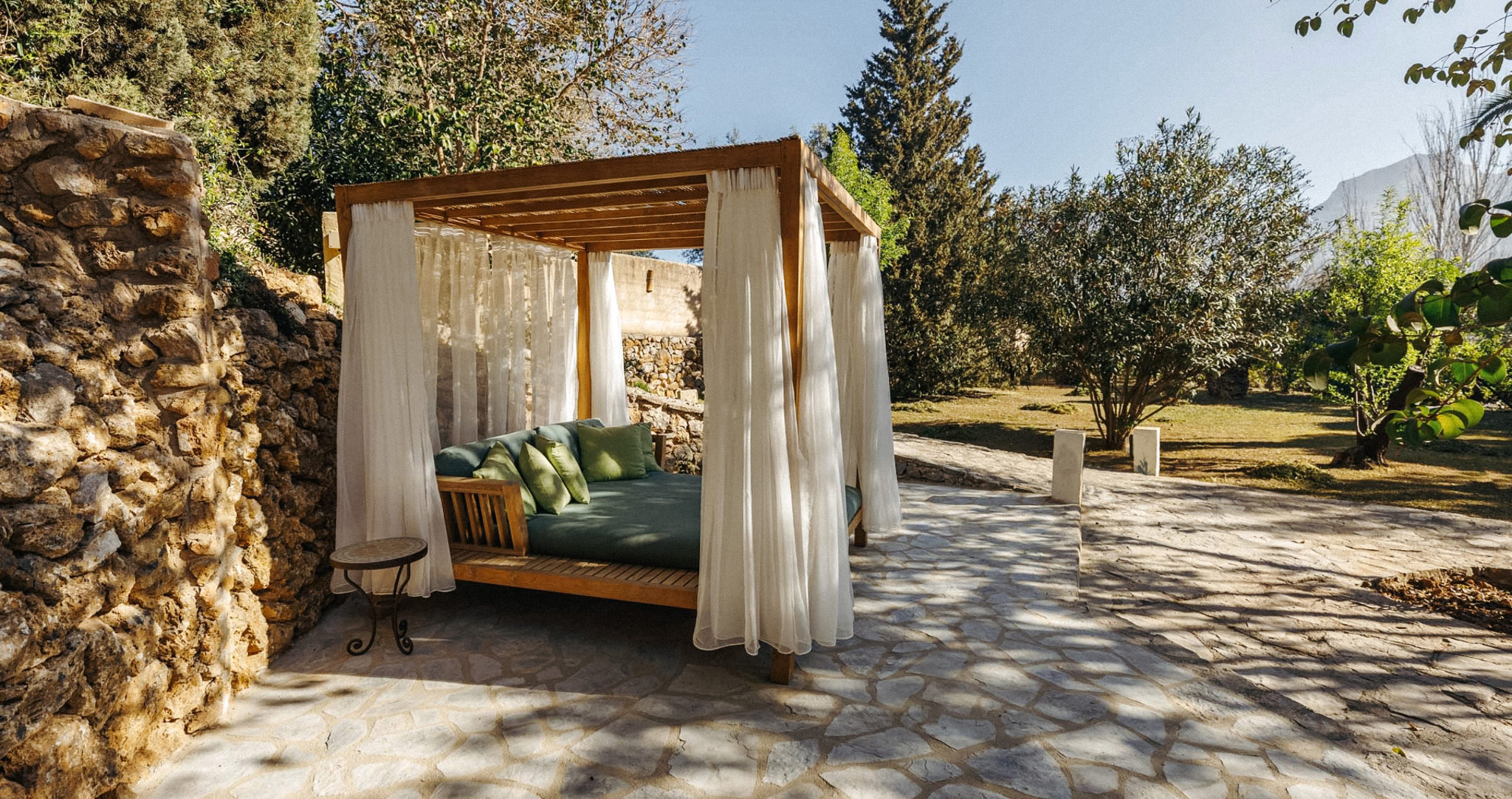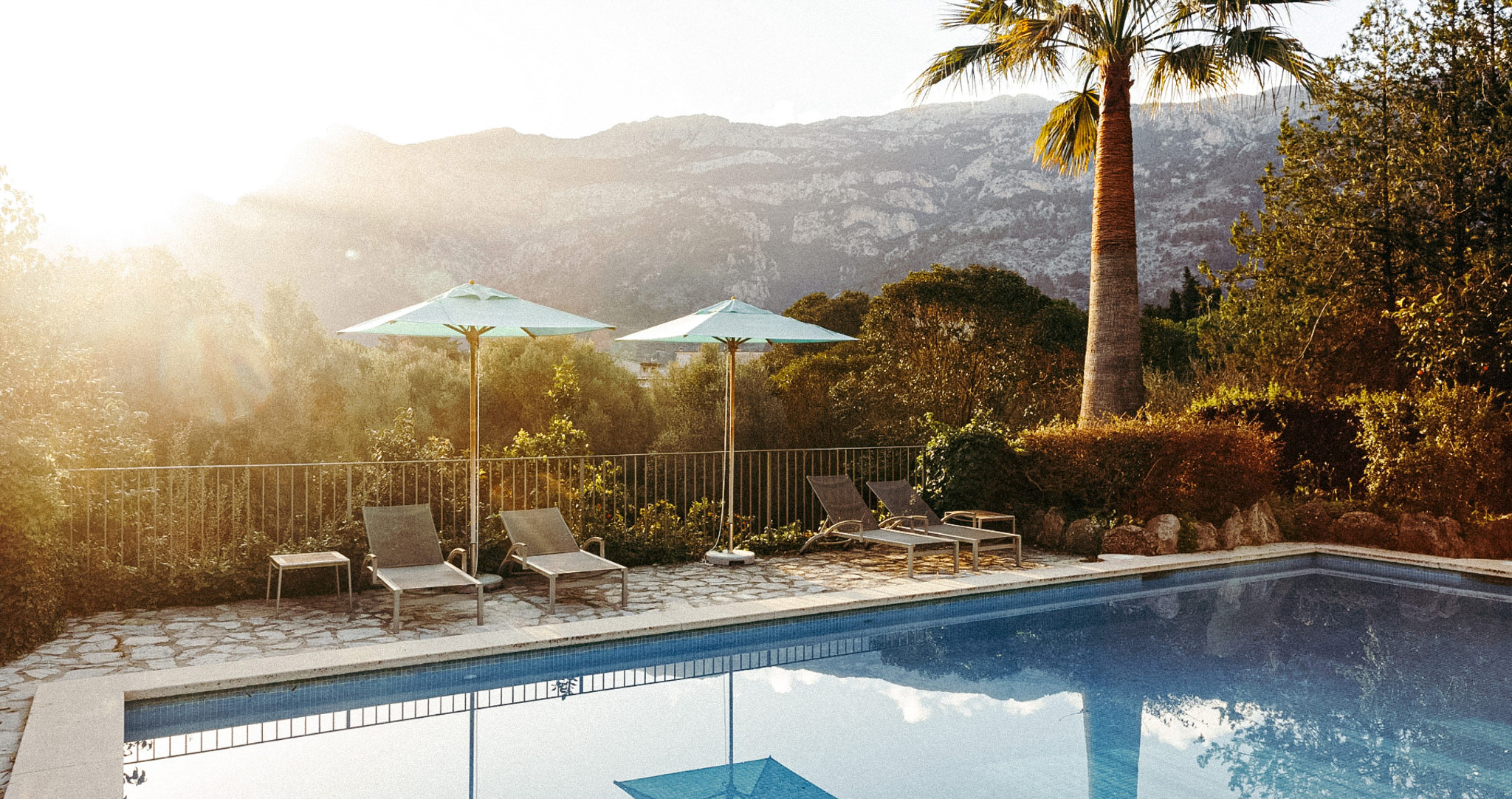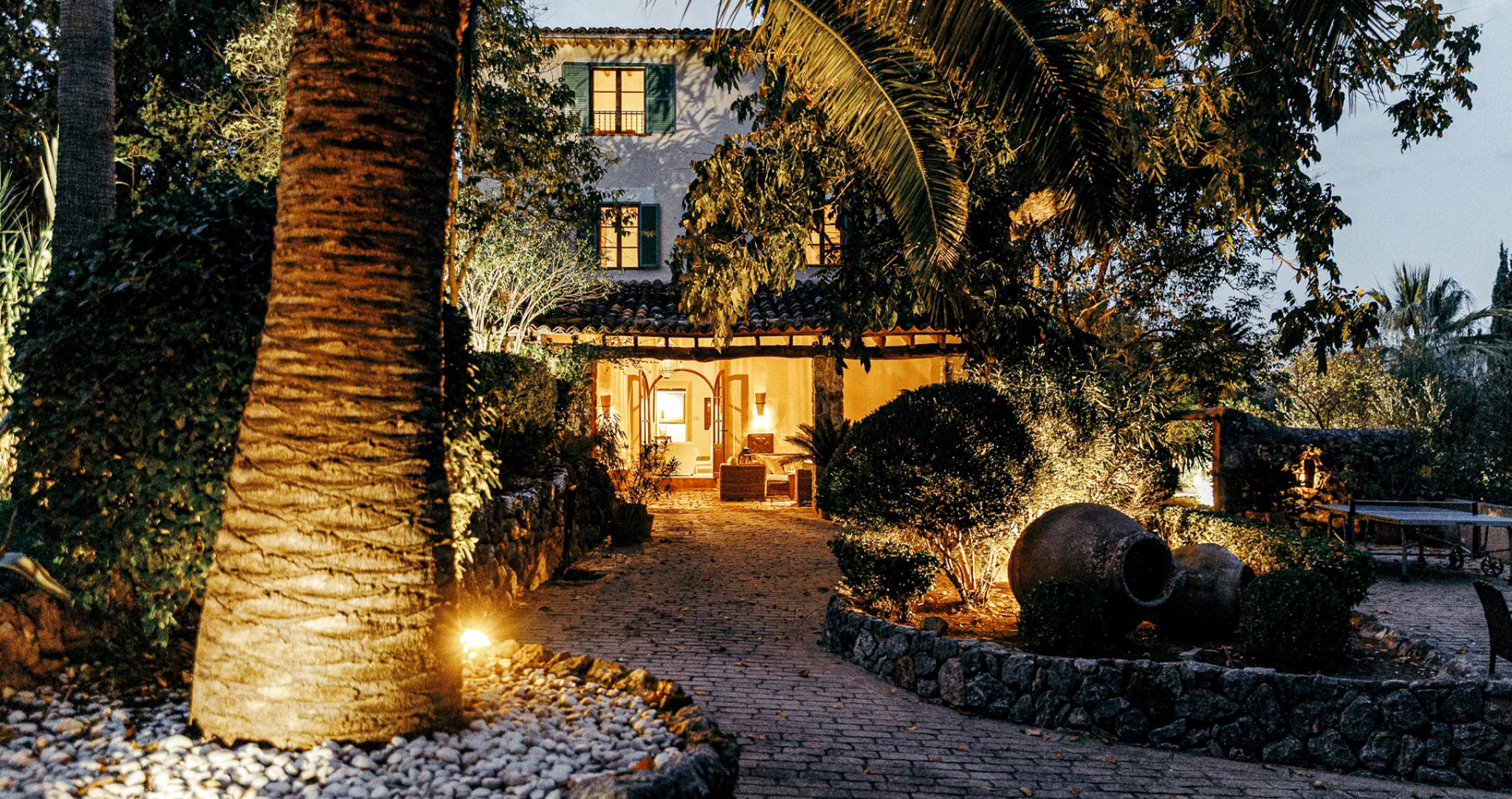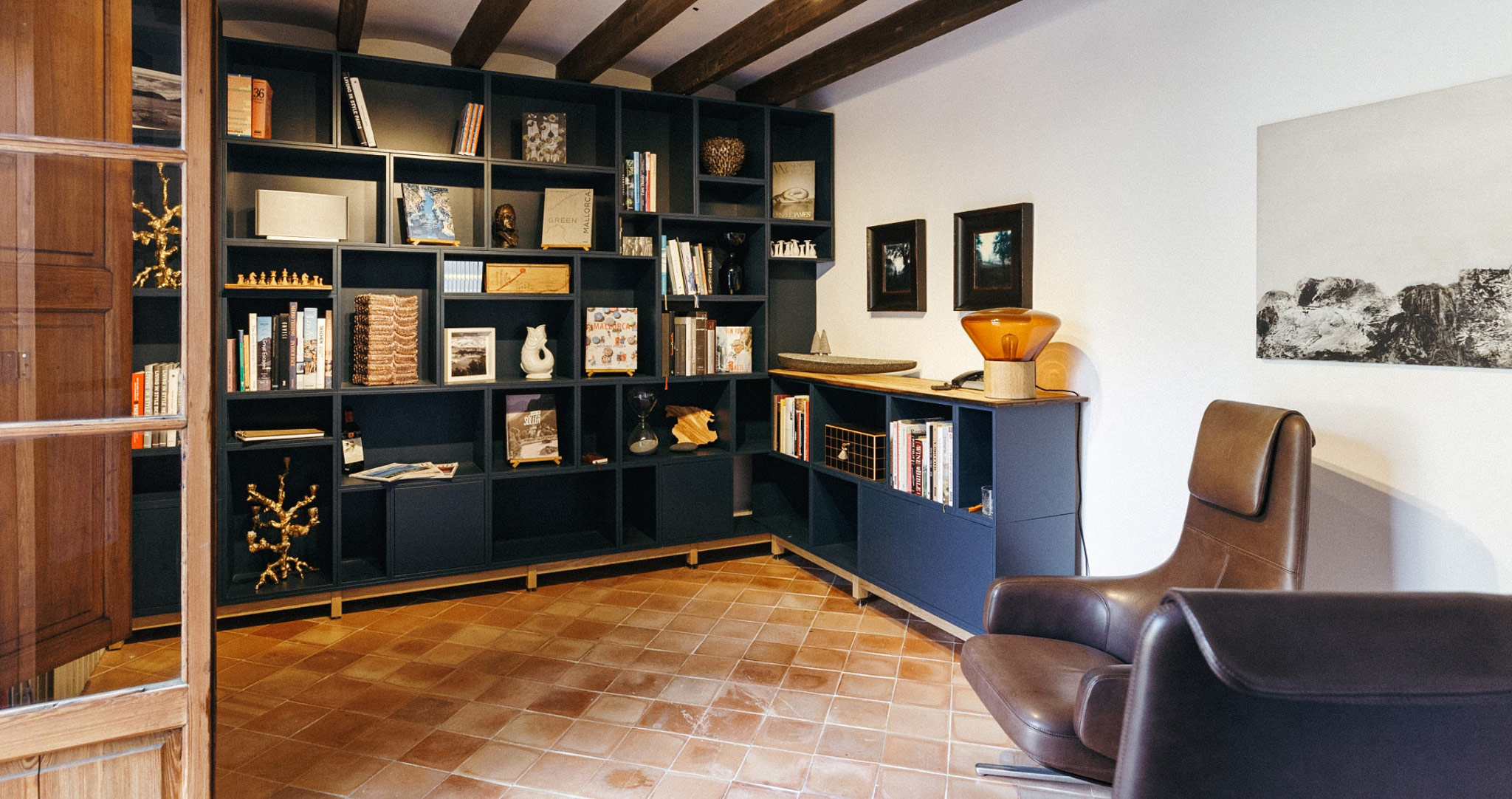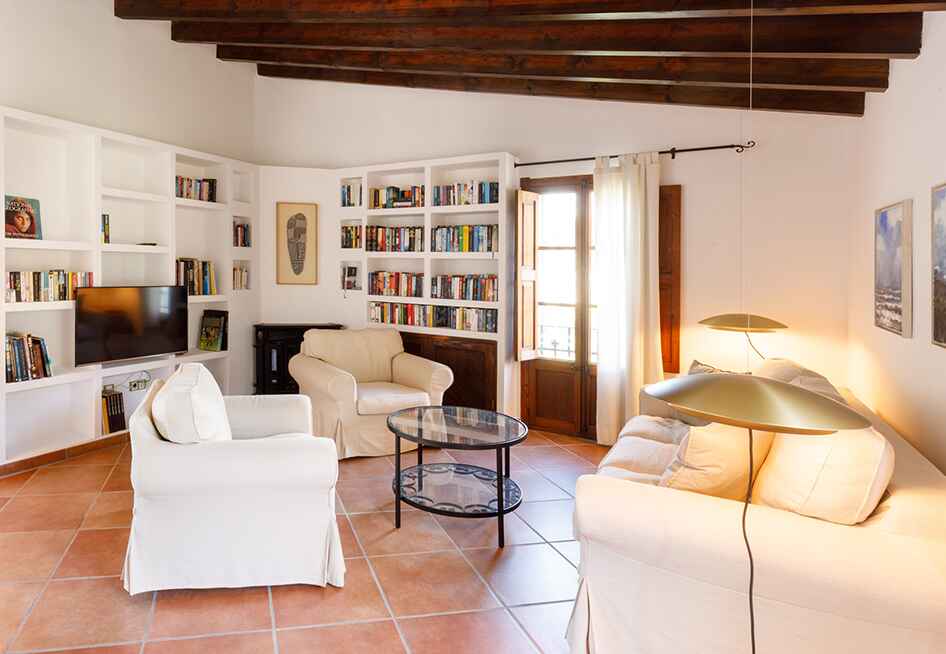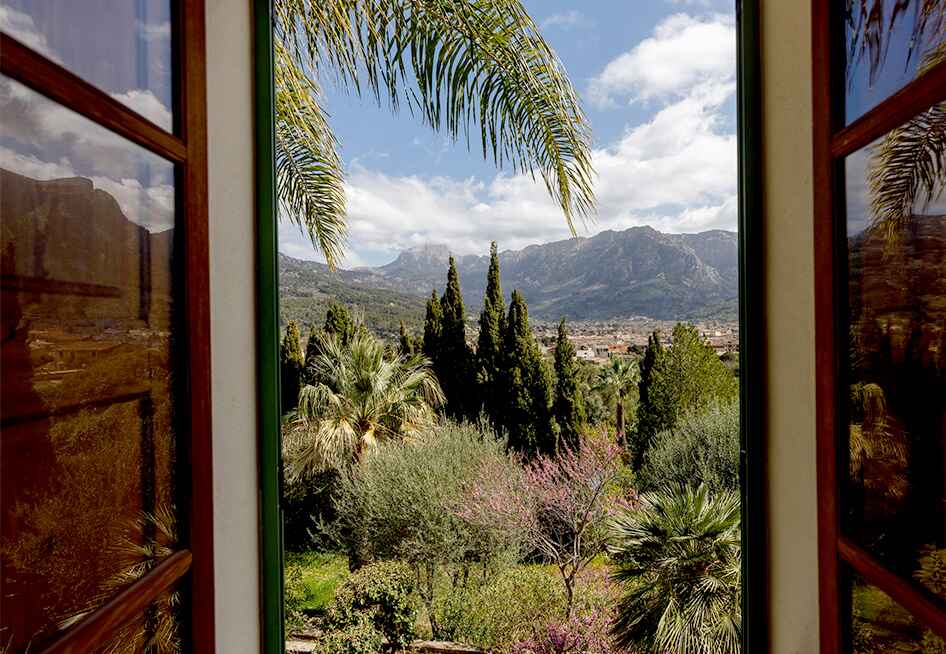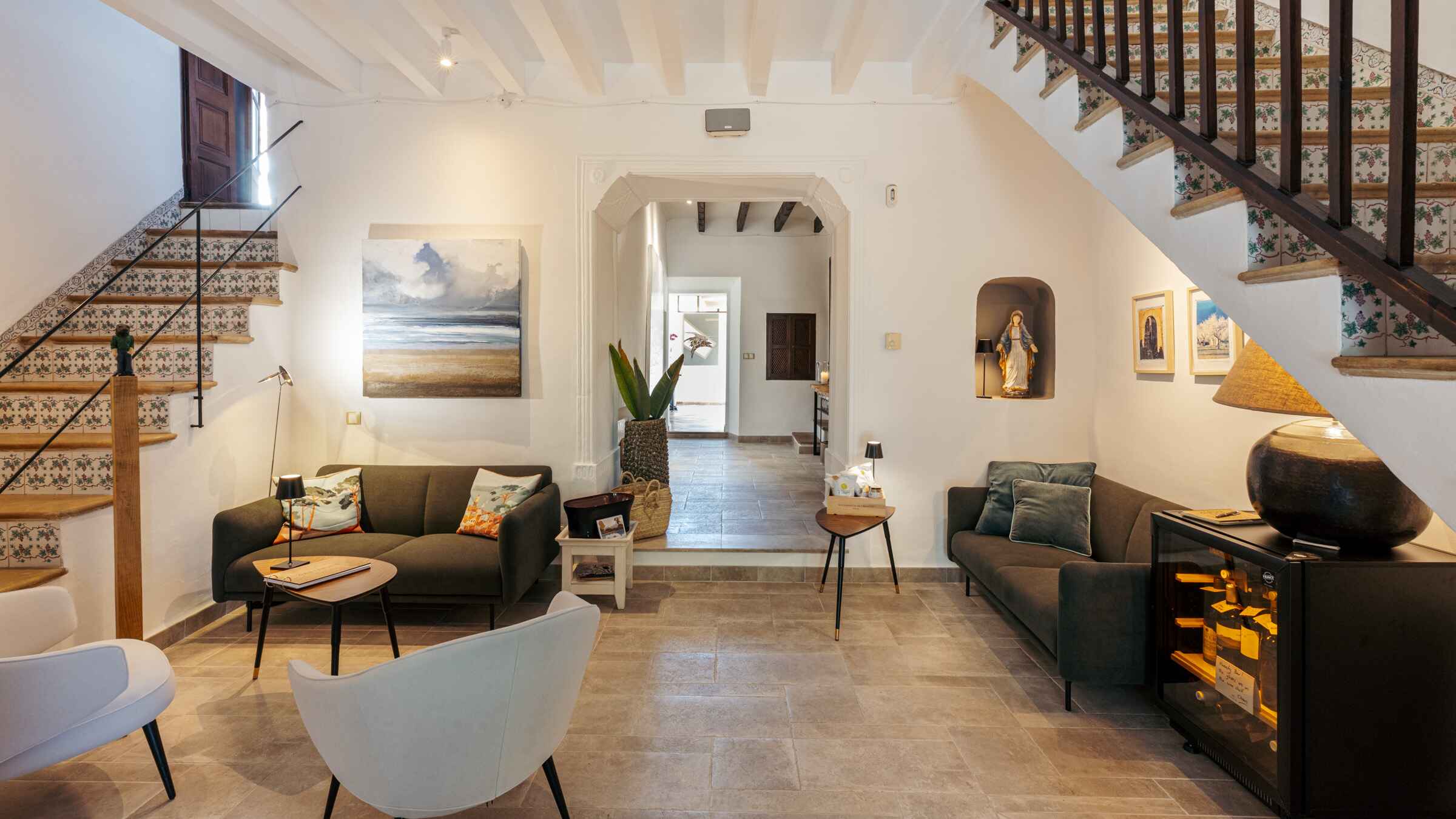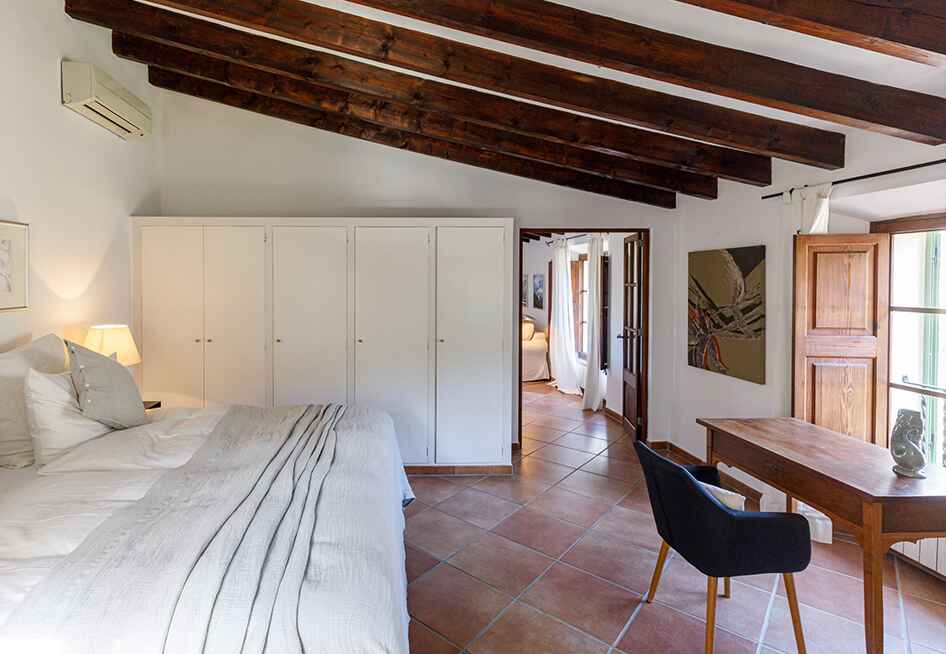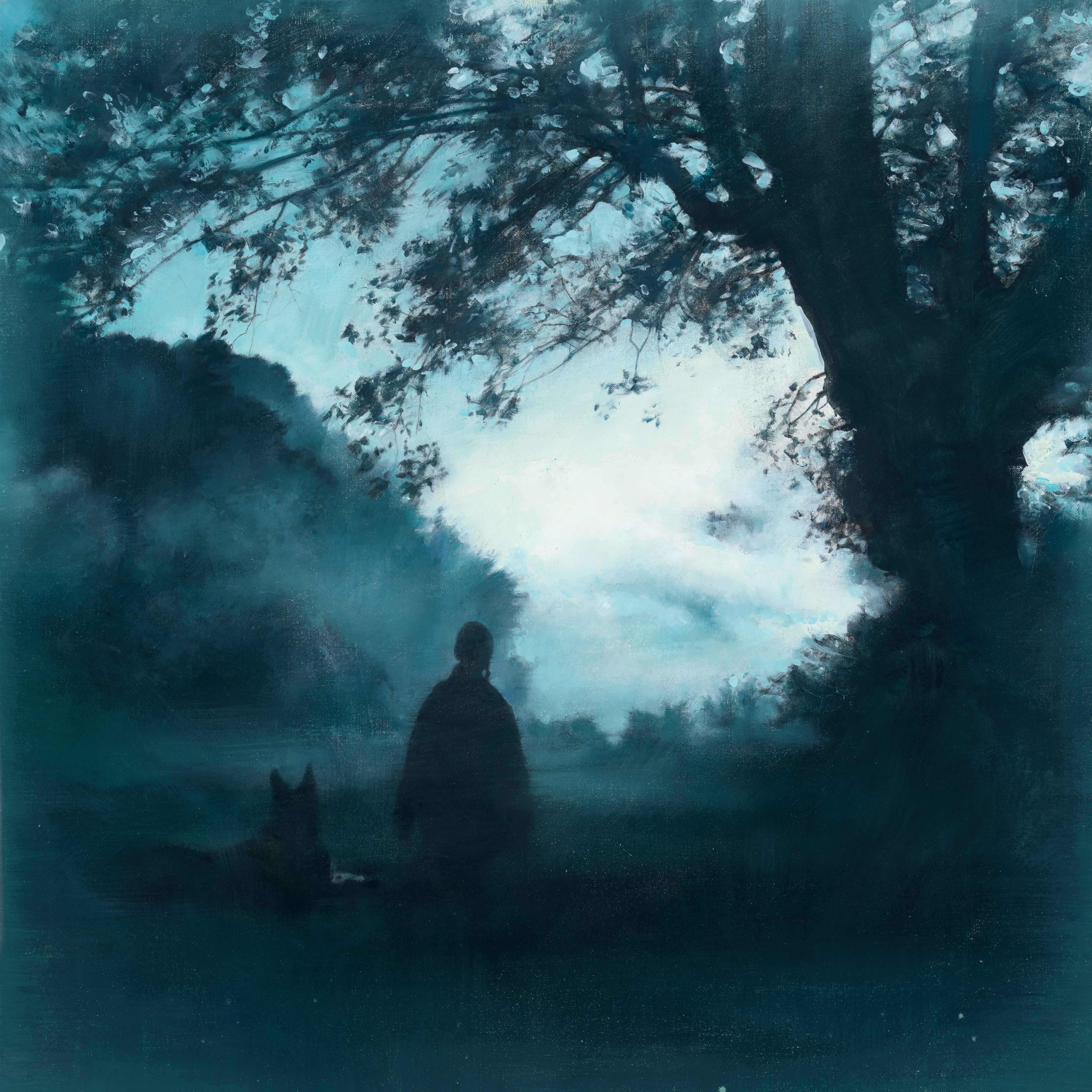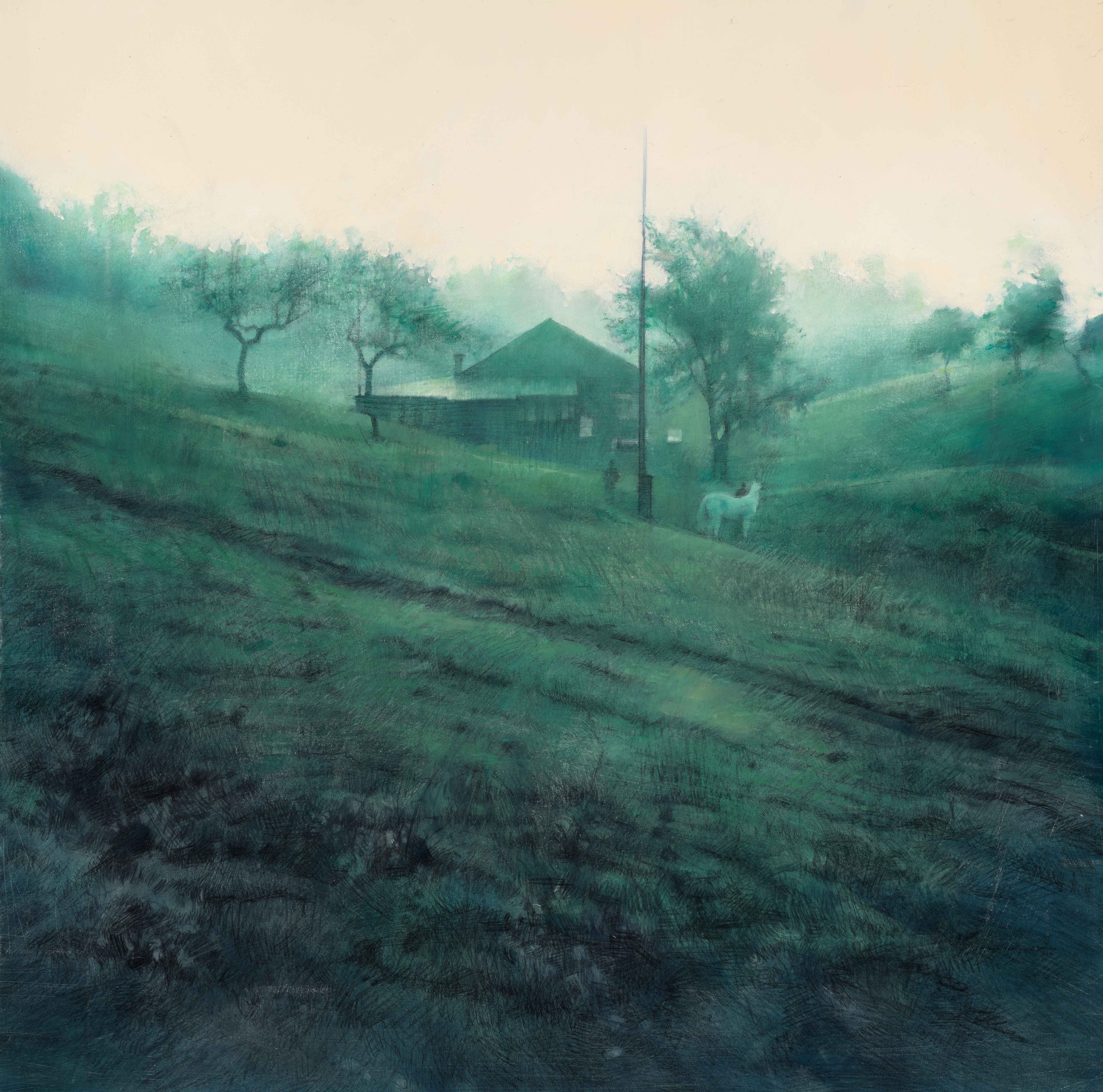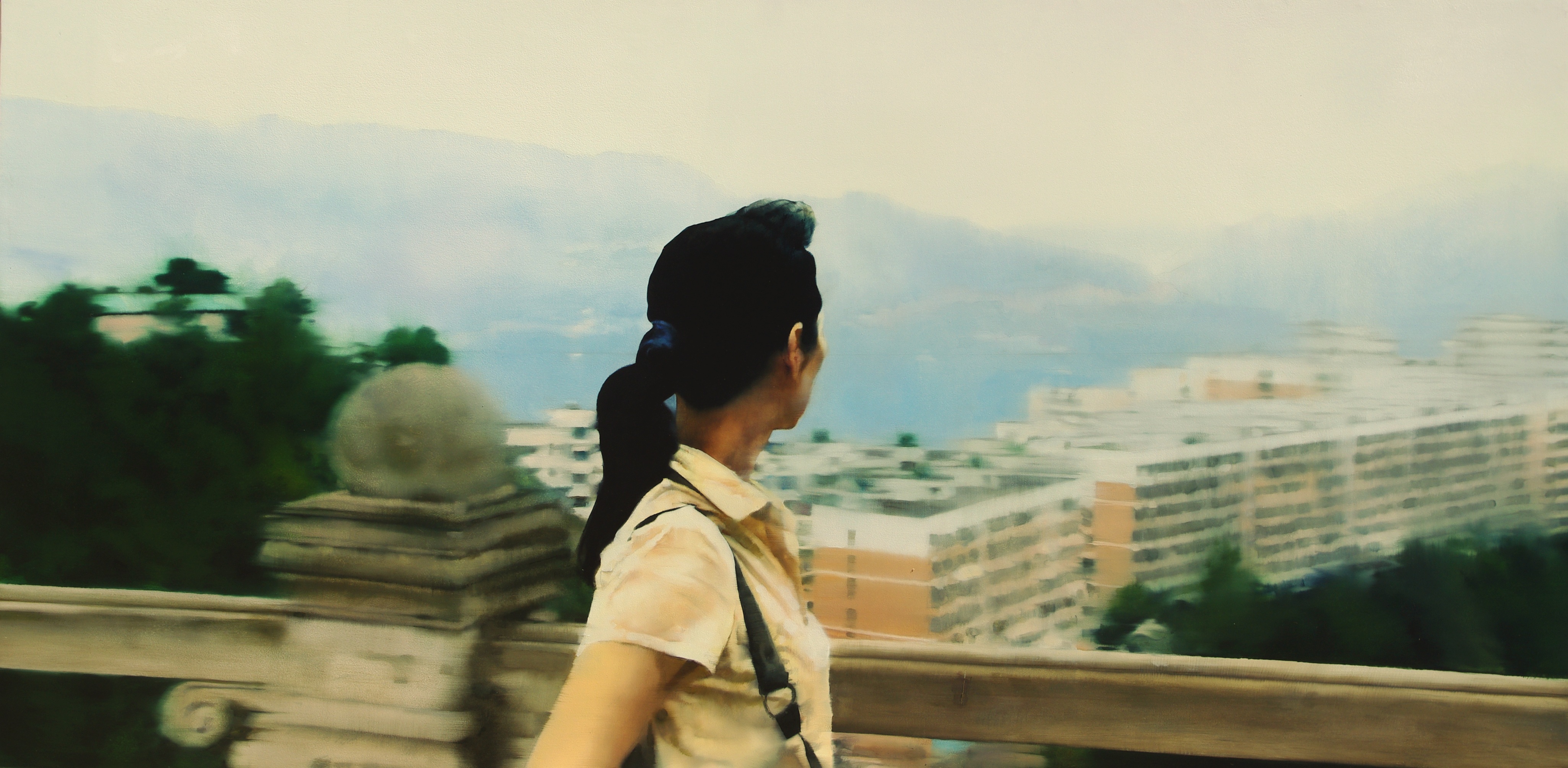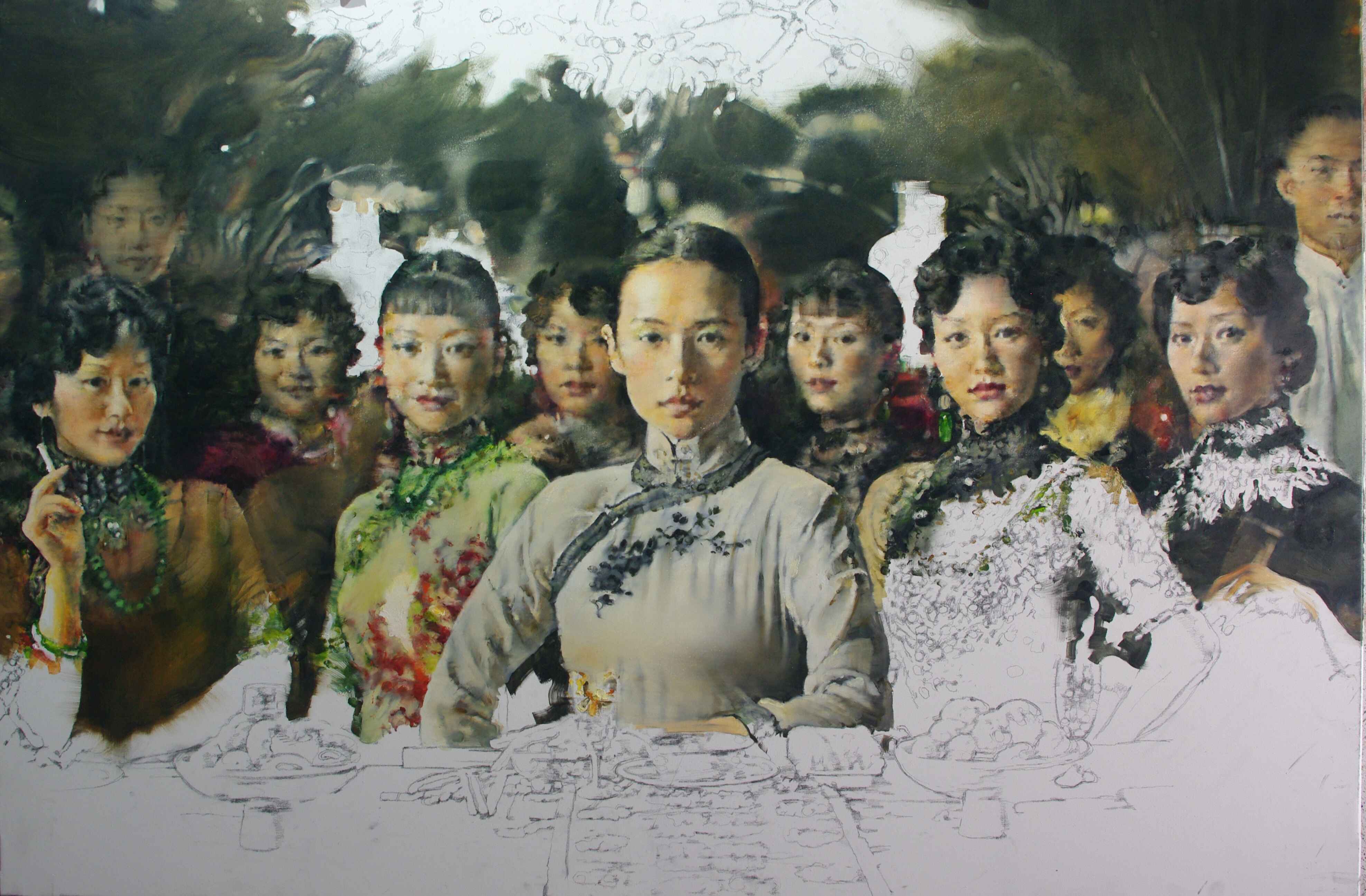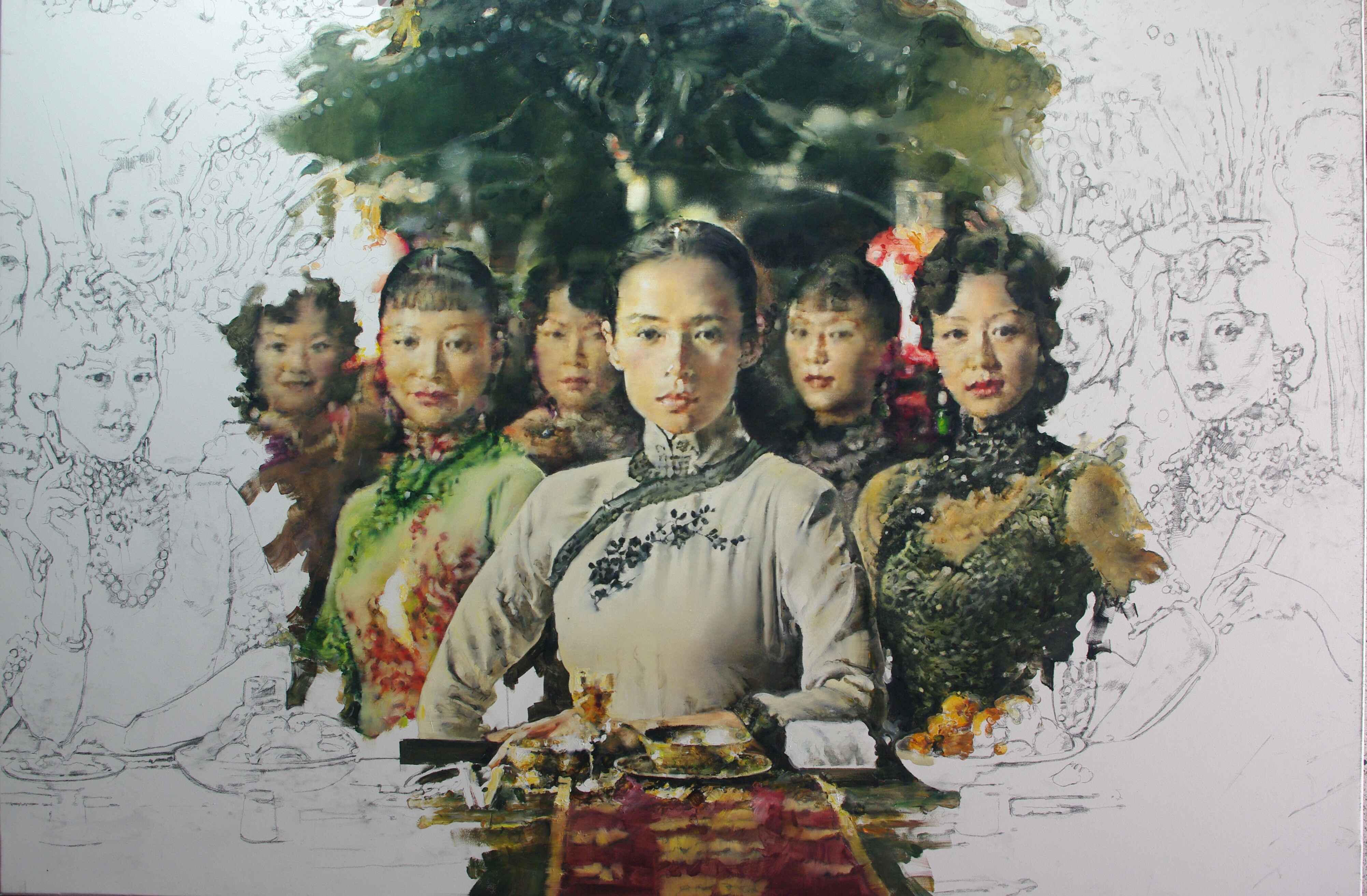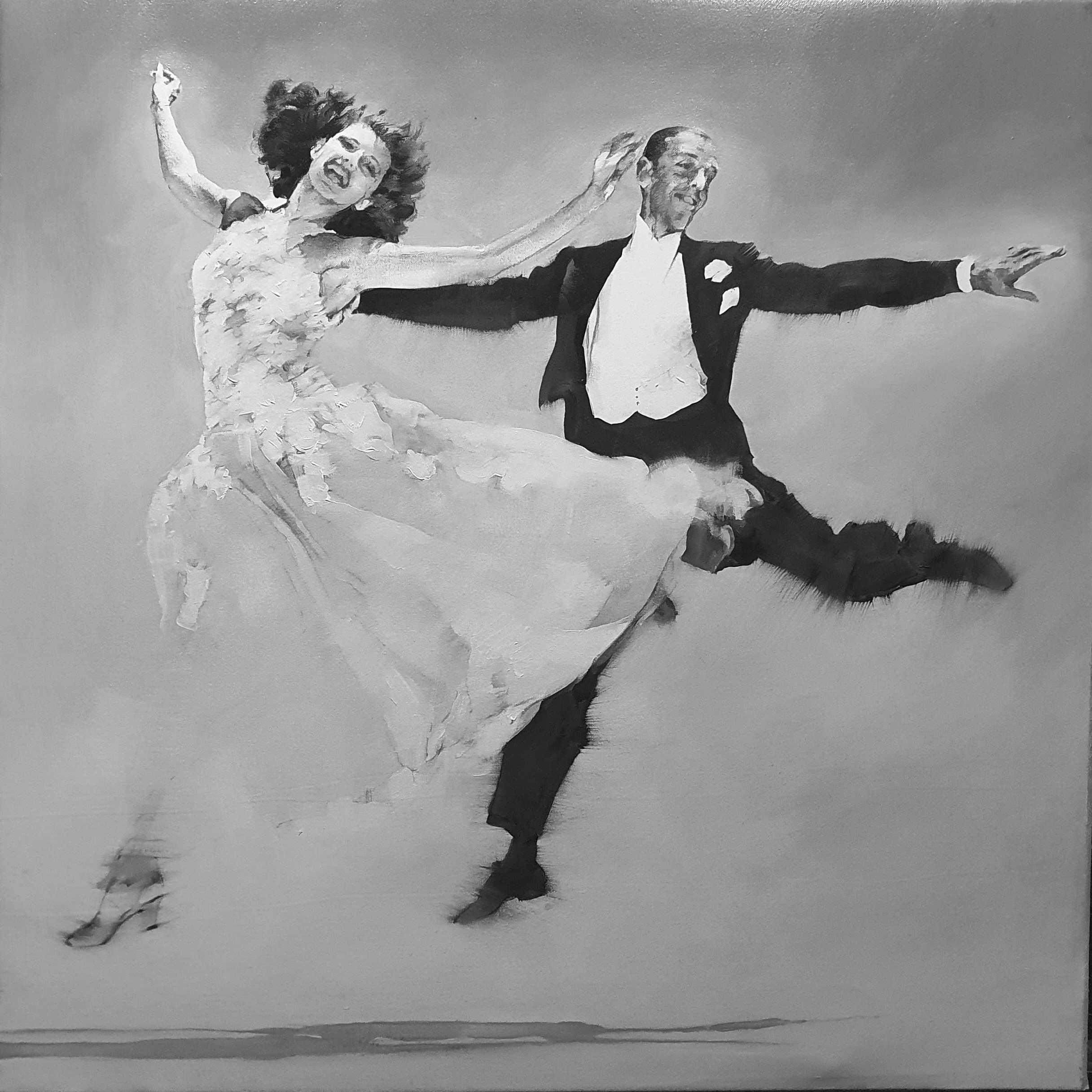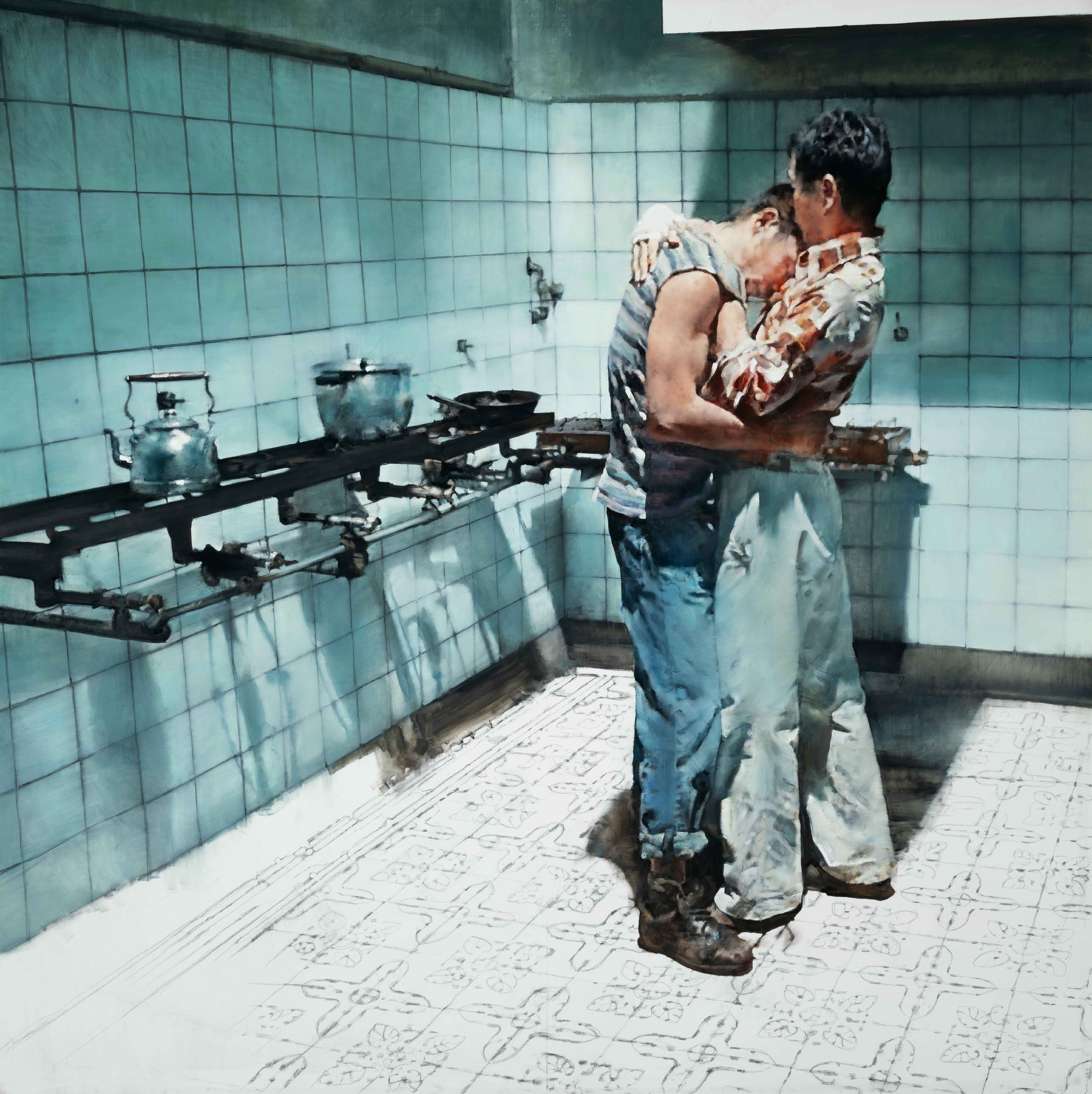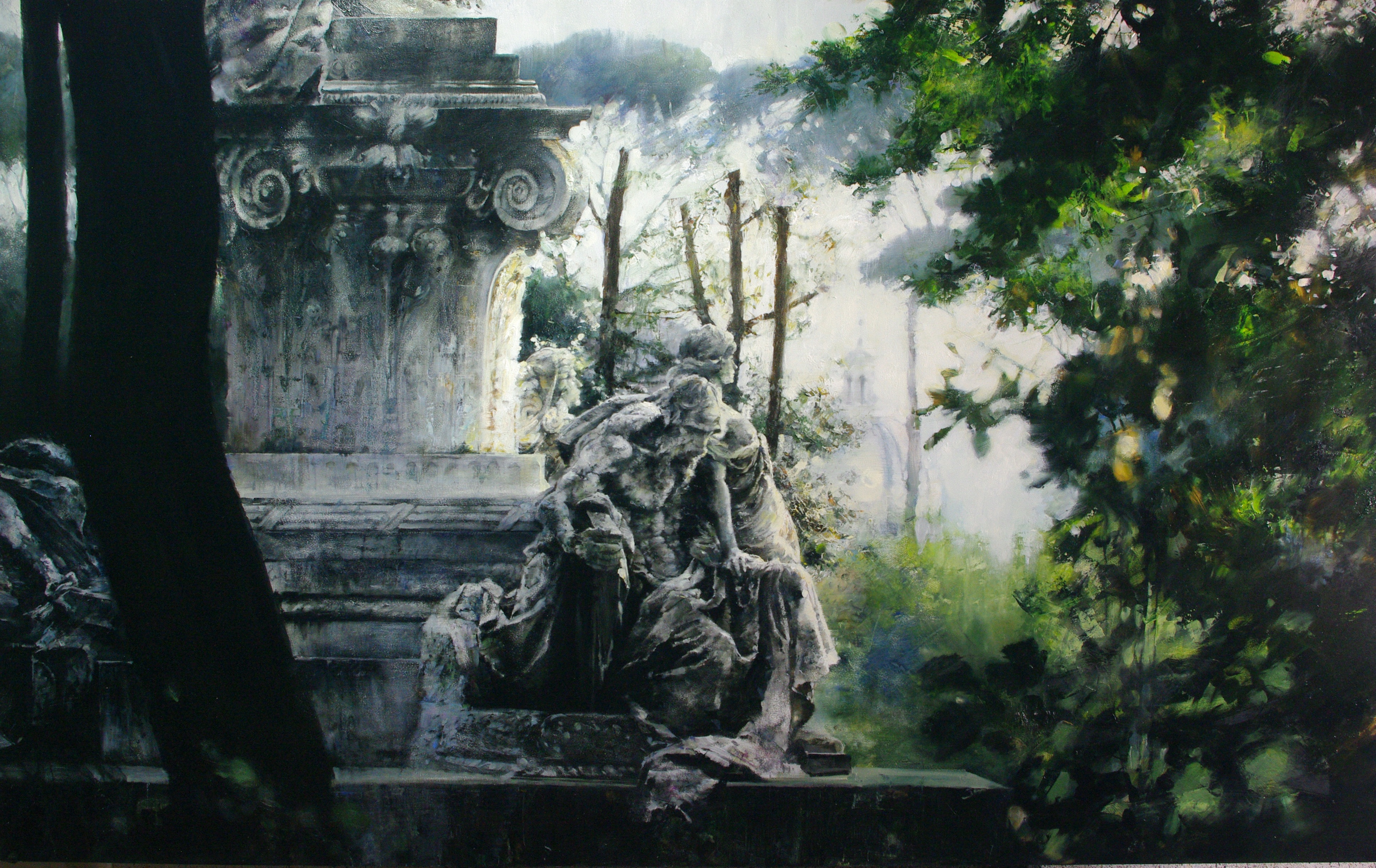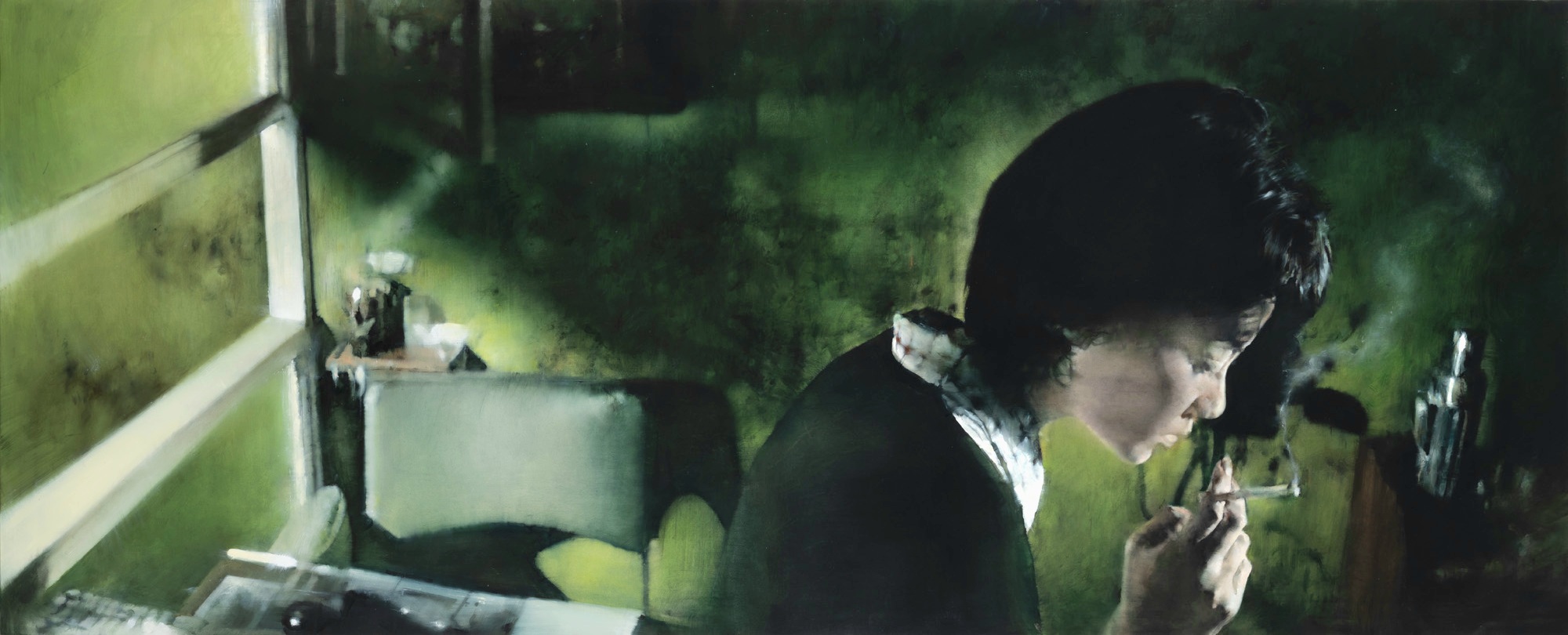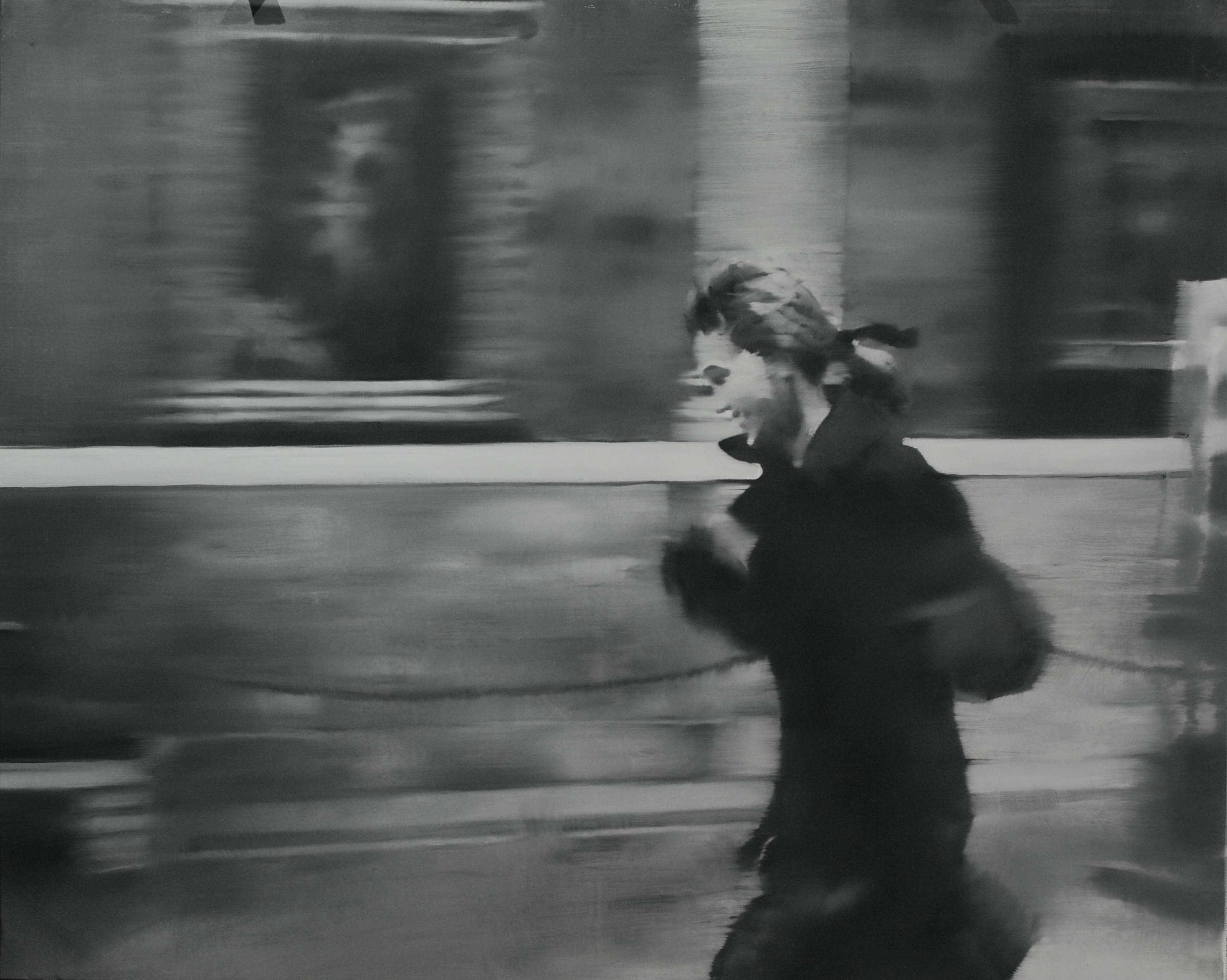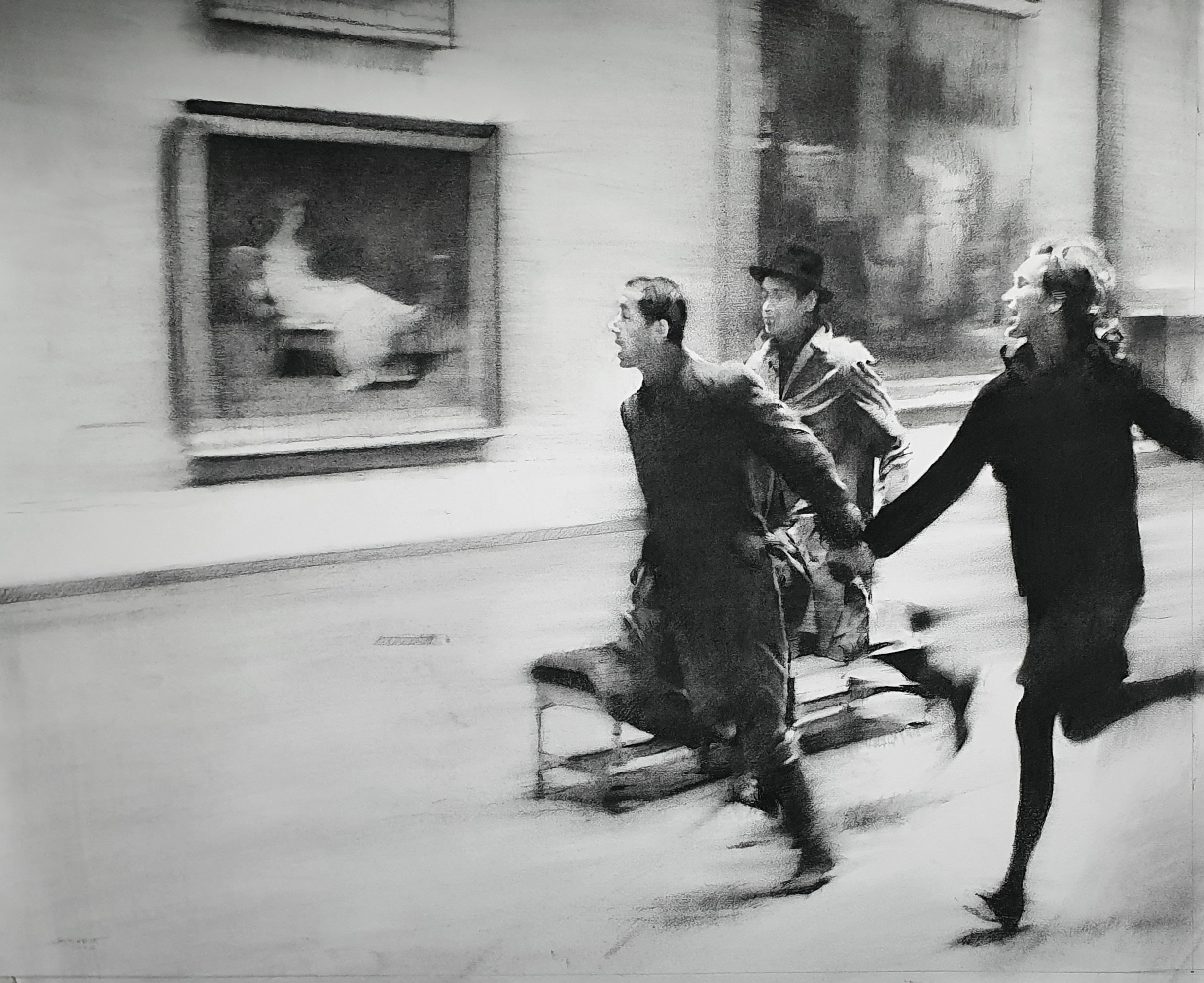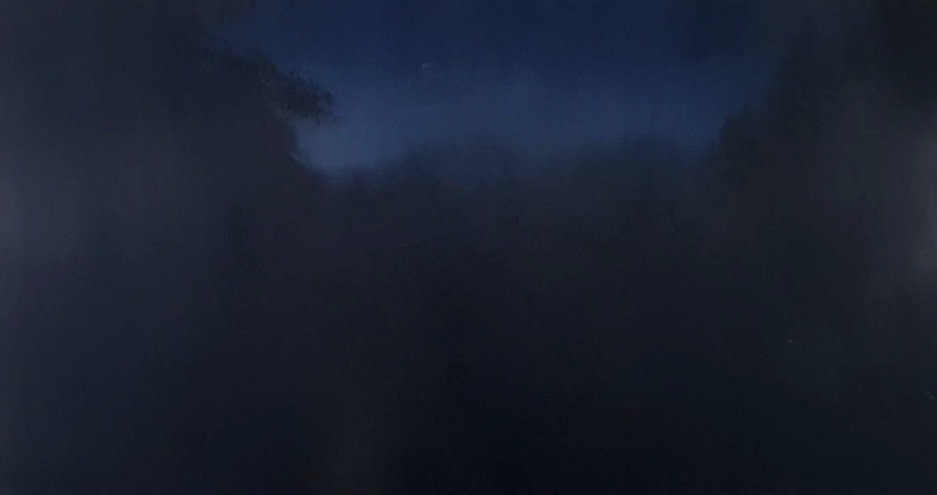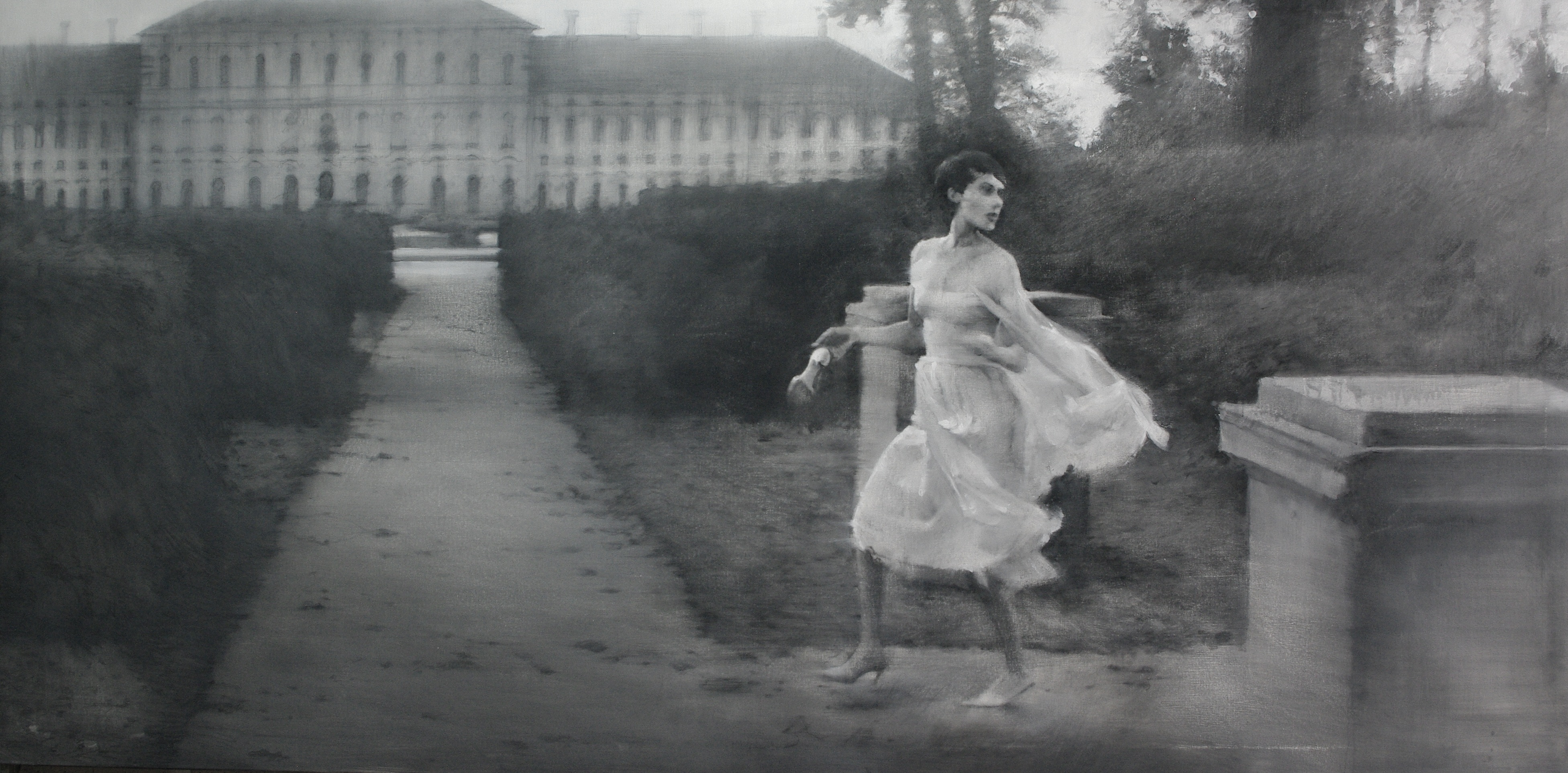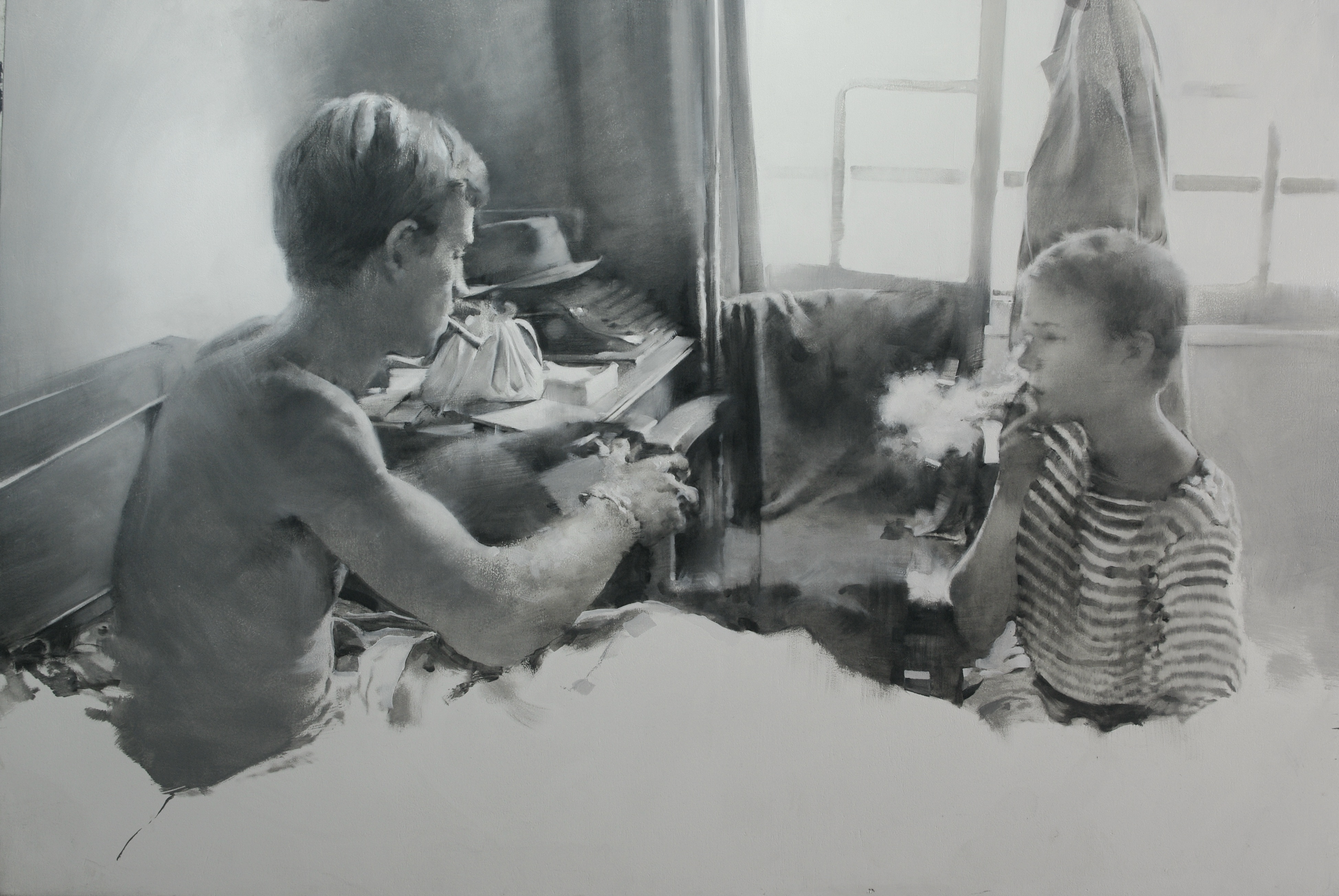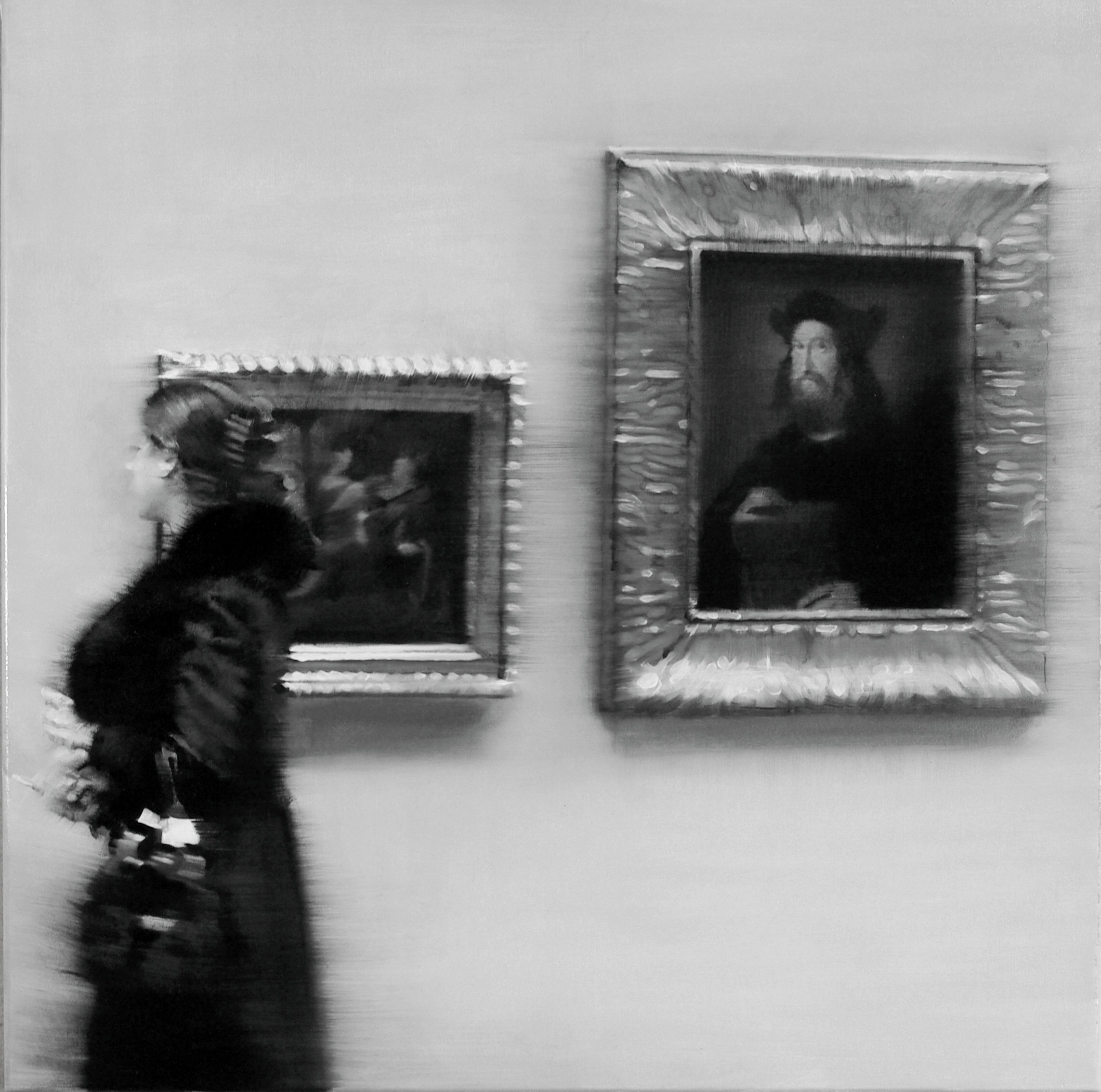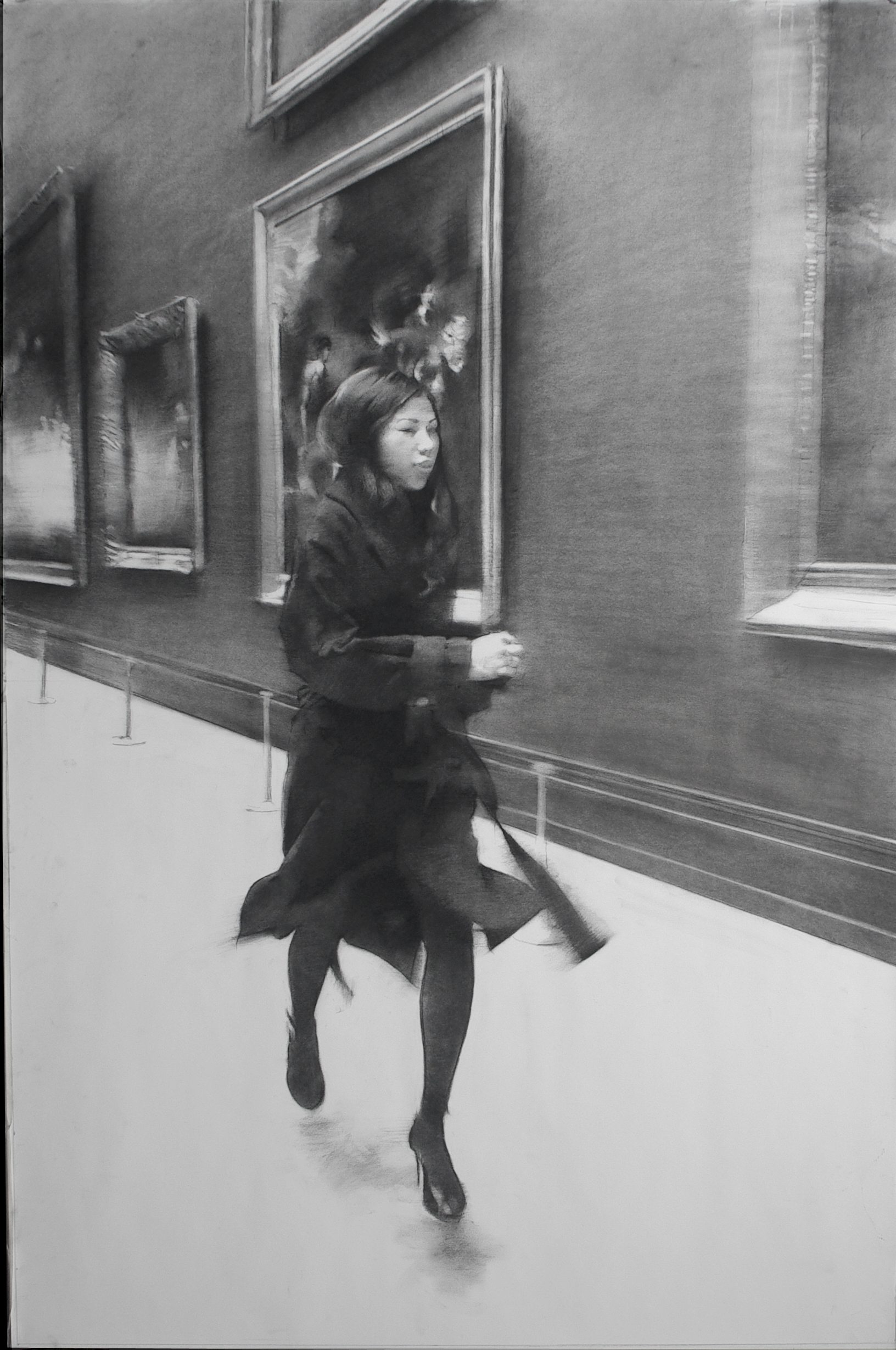Art
2025: GIRBENT
This year, we are honored to present a monographic exhibition dedicated exclusively to this internationally renowned Sóller artist. The retrospective showcases pieces from different creative periods, offering a unique perspective on the evolution of his artistic language, from early works to his most recent creations.
We are not art collectors, but we love sharing the works that inspire us with our guests. Our connection with Girbent is personal—we have followed his work for years and deeply admire his artistic vision. Girbent himself selected the pieces for each room, adding a final personal touch to the space. His art not only defines the character of each room but also creates a dialogue between the space and the artist’s vision.
"Growing up surrounded by art and with many artists visiting my parents' house during my childhood, I see art as an expression of life and a source of inspiration.” – Wolf
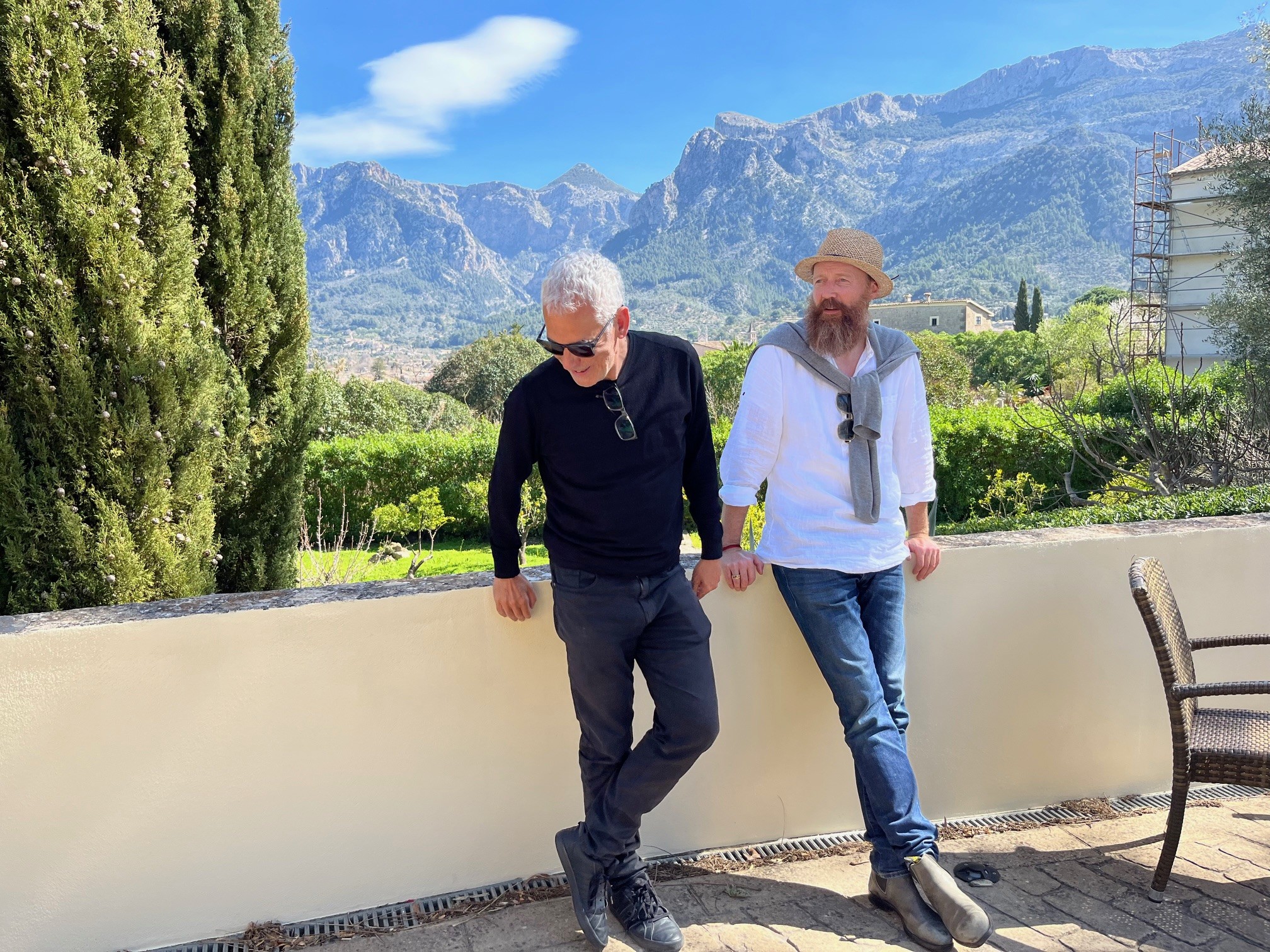
A Monograph at Finca Can Coll
With the aim of offering a unique and coherent experience, Finca Can Coll presents a monograph entirely dedicated to Girbent. The selection includes recent pieces from the Landscapes (after Tarkovsky polaroids) series, as well as earlier impactful works like Interrupted Paintings, providing deep insight into his artistic evolution.
In the common areas and each of the rooms, guests will discover a variety of works exploring the relationship between the visible and the invisible, the tangible and the abstract. Through paintings, charcoal drawings, and other techniques mastered throughout his …
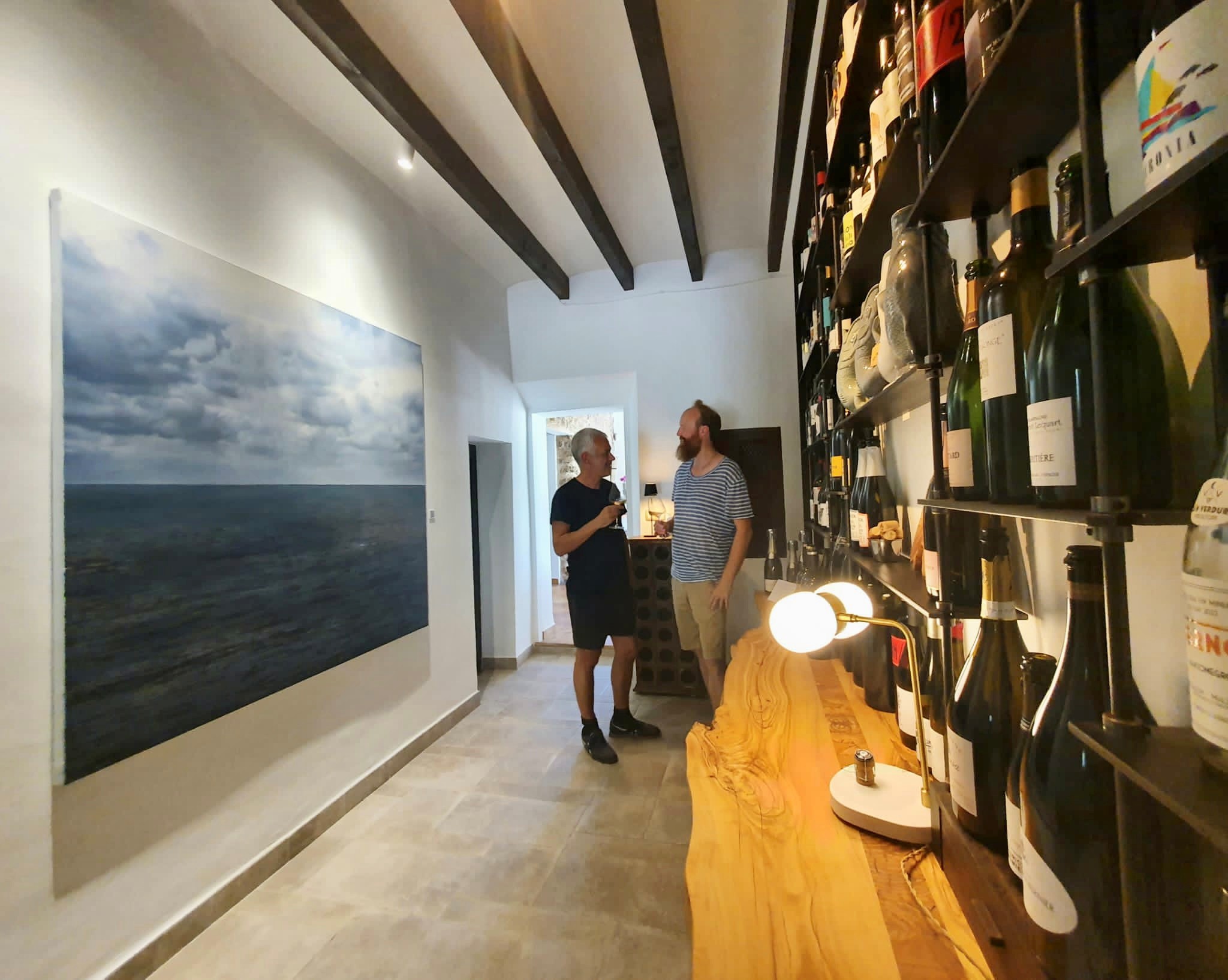

ABOUT GIRBENT
“The challenge I set for myself is to create a work that illustrates a contemporary discourse, using the classical technique par excellence: oil painting.”
Girbent
Born in Sóller in 1969, Girbent began his studies at the Faculty of Fine Arts in Barcelona but soon left formal education to immerse himself in the city’s bohemian life. Over the years, his work has evolved through various stages, encompassing illustration, video art, and ultimately painting. His connection to the international art scene was solidified through exhibitions in diverse countries such as Austria, Mexico, China, Japan, Korea, and the United States.
…

